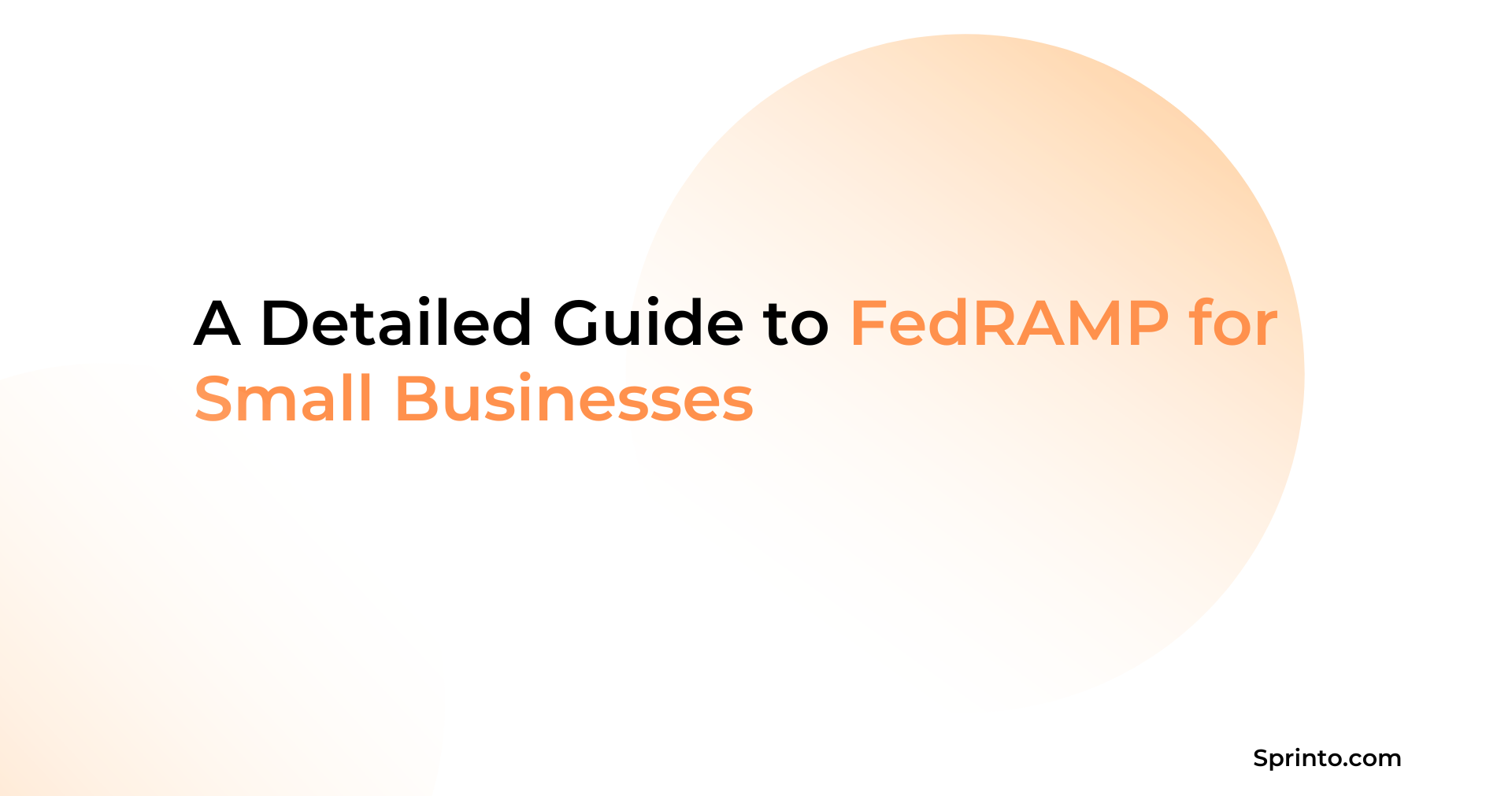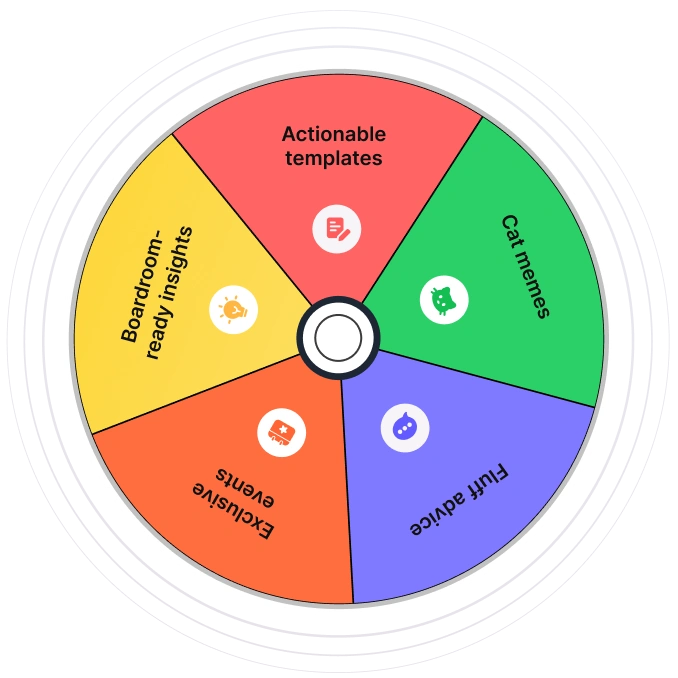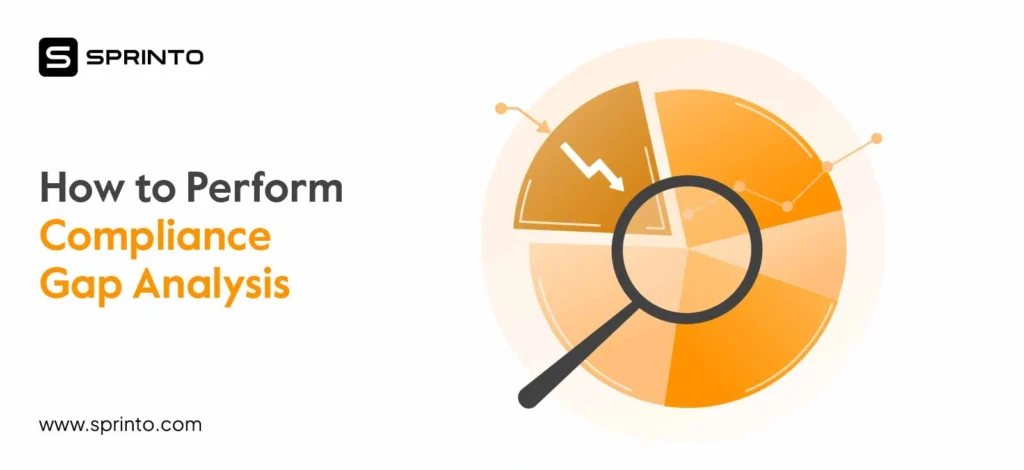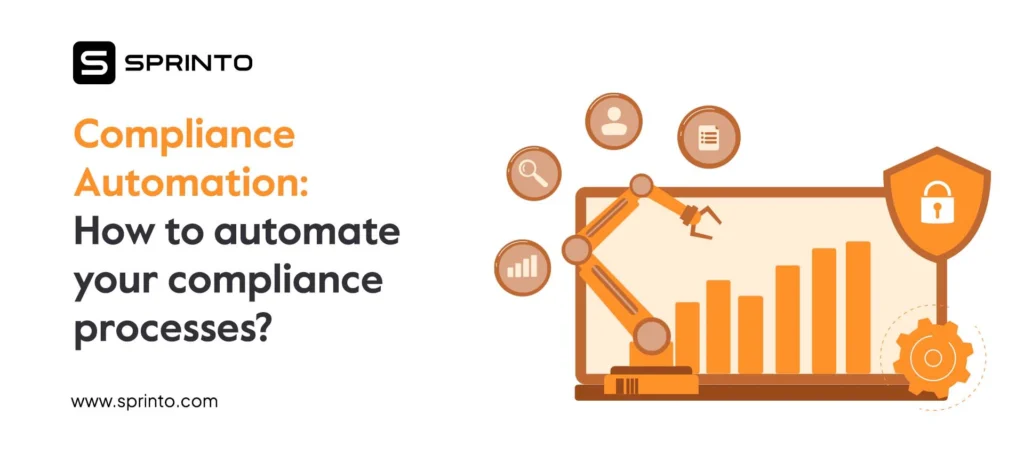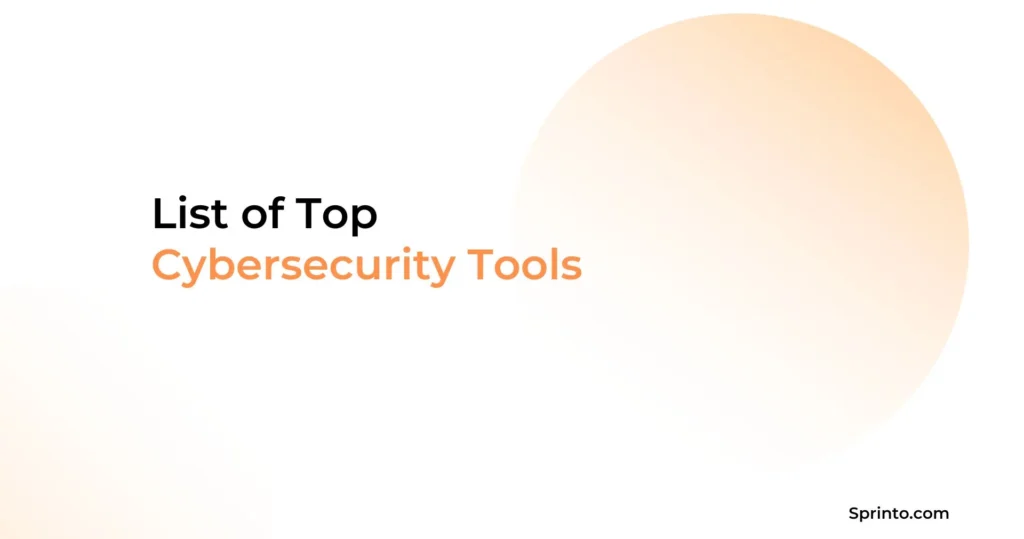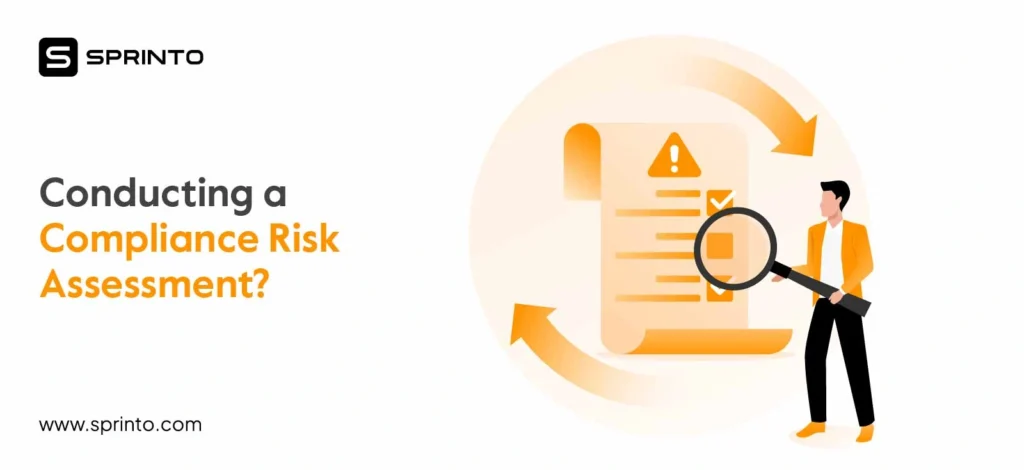The World Economic Forum’s ‘Global Cybersecurity Outlook 2025’ reveals that 35% of small organizations assert their cyber resilience is inadequate, as compared to large organizations.
This lack of resilience poses a serious barrier for those aiming to work with the US federal government, where the stakes are even higher. That’s exactly where FedRAMP, a US government security framework for cloud providers, comes in.
In this article, we’ll understand what FedRAMP is, its importance for small businesses, including its challenges, benefits, and alternatives to consider.
| TL;DR FedRAMP standardizes how cloud services are rigorously assessed, authorized, and monitored for security before federal agencies may use them. If you plan to serve your product to federal agencies, FedRAMP is one of the first certifications that will open doors to the public sector. For small businesses, FedRAMP certification might be too expensive, and the documentation process too challenging. Thankfully, a lot of this is solved by compliance automation platforms. |
What is FedRAMP?
FedRAMP, or the Federal Risk and Authorization Management Program, is a U.S. government-wide initiative that provides a standardized approach to security assessment, authorization, and ongoing monitoring for cloud products and services used by federal agencies.
It essentially offers a framework for cloud service providers (CSPs) to prove that their cloud solutions meet baseline security requirements, making them eligible for use by government agencies.
If you’re a Commercial Off-the-Shelf (COTS) vendor and not a Software-as-a-Service (SaaS) vendor, FedRAMP is not for you.
There are two ways to get FedRAMP approval:
- Joint Authorization Board (JAB): Here, a group of officials from the GSA, Department of Defense, and Department of Homeland Security reviews your security package and provides you with a Provisional Authority to Operate (P-ATO).
- Agency Authorization (ATO): A single federal agency reviews your product and approves it for use.
Both options require a third-party assessment to validate compliance with the necessary controls, followed by continuous monitoring and regular security status reporting.
Is FedRAMP relevant to small businesses?
Yes, FedRAMP is relevant to small businesses if a federal agency uses your cloud product. This applies whether you’re selling directly to the government or working through a contractor.
Building FedRAMP into your product roadmap is a core requirement if you’re planning to enter the public sector.
In a nutshell, you may need FedRAMP as a small business owner if:
- Your software or platform is cloud-based and may be used by federal customers.
- You plan to partner with or subcontract under a federal systems integrator.
- You want to list your product on marketplaces like GSA Advantage.
- Your service stores or processes sensitive information like health records or personal data.
What are the requirements of FedRAMP for small businesses?
There are several requirements of FedRamp for small businesses.
To begin with, FedRAMP groups security systems into three categories based on how much risk is involved: low, moderate, and high. Most small businesses fall into the moderate category, which applies to systems that handle personal or sensitive information but not classified data.
To achieve FedRAMP authorization, small businesses must meet the following core requirements:
- Implement security controls based on NIST 800-53, a widely accepted federal framework.
- Write a System Security Plan (SSP) that explains how your system works and how you protect customer data.
- Hire a Third-Party Assessment Organization (3PAO) to review your system and verify that it meets the required controls.
- Work with either the JAB or a federal agency to review your documents and issue an authorization.
- Maintain regular reporting and monitoring after authorization is complete.
This process can take several months and requires both documentation and operational effort, especially for teams without dedicated compliance staff.
What are the challenges of FedRAMP compliance for small businesses?
Small businesses often operate with limited time, resources, and budget constraints. As a result, managing FedRAMP compliance without proper planning can become difficult.
Let’s look at factors that can pose challenges with FedRAMP for small businesses especially:
1. High cost
The cost of obtaining FedRAMP certification for small businesses typically ranges between $150,000 to $300,000, depending on your system, team, and level of preparation. This covers the entire process, from audit fees to support tools. It can be challenging for small businesses or startups to get a FedRAMP certification.
2. Complex documentation
Documentation is one of the most challenging and complicated tasks of the FedRAMP certification process. Cloud providers must deliver accomplished policies, technical diagrams, data flow maps, and incident response plans, all of which are tuned to strict federal specifications. Base documents like the SSP, CIS, SAR, and RAP must map directly to NIST controls. The government thoroughly reviews these documents, and one slight error can put you off the chart.
3. Technical demands
Being FedRAMP authorized means strong security controls like multi-factor authentication, data encryption, consistent vulnerability scanning, real-time log monitoring, etc. This demands rigorous internal security processes, standards, and complex systems throughout the company, which many small businesses lack the knowledge or money to install and support.
4. Limited staff
The responsibility of managing what FedRAMP requires tends to fall to whoever has free time on their hands unless there are dedicated personnel to handle these.
5. Time commitment
The entire process of being FedRAMP certified can take up to 9-18 months, sometimes extending from 12 to 18 months, depending on your company’s readiness and the complexity of the cloud environment. Each phase (preparation, documentation, assessment, and authorization) has its own timelines and deliverables that must be met meticulously.
That’s not all. Even after initial authorization, you need to conduct ongoing monitoring, regular reporting, and annual reassessment activities—all of which demand continued time and resource investment.
FedRAMP alternatives: FedRAMP tailored and other options
For cloud products that are low risk and do not process sensitive data, FedRAMP offers a streamlined path known as FedRAMP Tailored. It is designed specifically for low-impact SaaS products, such as tools for training, collaboration, or data visualization that do not store or transmit personal or sensitive information.
FedRAMP Tailored requires fewer controls (approximately 36 instead of over 300), which makes it more accessible to small businesses. The assessment and documentation process is also significantly faster and more cost-effective.
If your solution qualifies under FedRAMP Tailored, it can serve as a first step toward building your federal presence. Alternatively, if Tailored is not applicable and a full Moderate-level certification is out of reach, small businesses can consider these approaches:
- Partnering with an existing FedRAMP-authorized company and offering your service as a component of their solution.
- Delivering services on FedRAMP-authorized infrastructure like AWS GovCloud or Azure Government, which reduces your scope of compliance.
- Subcontracting under a government contractor who holds the ATO and is responsible for overall compliance.
How can small businesses prepare for FedRAMP?
FedRAMP is one of the most rigorous security authorizations out there, with high expectations around documentation, controls, and continuous monitoring. You’ll need a clear plan, the right technical foundation, and a realistic timeline. Here are six steps to help you prepare for obtaining FedRAMP certification:
Step 1: Understand requirements and evaluate fit
Start by conducting an internal readiness assessment. Review your system architecture, data types, and current security controls. Assess whether your product or service aligns with FedRAMP controls and determine its impact level (low, moderate, or high) using FIPS 199. This classification defines which security controls you must implement.
Step 2: Perform a gap analysis and secure buy-in
Gap analysis in FedRAMP identifies the differences between a cloud system’s current security posture and the FedRAMP-required controls and standards.
To conduct a gap analysis, begin by listing all your current security controls, policies, and procedures. Then, compare them line by line against the FedRAMP requirements.
Focus on areas like access controls, encryption, incident response, system monitoring, and data protection. For each missing or incomplete control, note what needs to be added or improved. Use a spreadsheet or a dedicated compliance tool like Sprinto to document your findings.
Once the analysis is complete, involve leadership, technical teams, and other departments. Since the process is resource-intensive, it’s important to get full commitment from leadership, technical teams, and other departments. Small businesses may need to assign dedicated personnel to manage this process.
Step 3: Define system scope and choose a path
Clearly document your cloud system’s architecture, defining what’s in and out of scope, including third-party tools and integrations. Build a roadmap to implement required controls. You can choose between two authorization paths: work with a federal agency to get an Agency ATO, or, for widely used services, aim for a more intensive JAB provisional ATO.
Step 4: Prepare and implement documentation
Next, create your System Security Plan (SSP), which details your control implementations and system design. Prepare all required plans, including incident response, configuration management, and contingency planning. Use official FedRAMP templates to ensure completeness and accuracy. Begin implementing and internally testing all required security controls.
Step 5: Hire a 3PAO and undergo assessment
Engage a FedRAMP-accredited 3PAO to independently test your controls and verify your documentation. The 3PAO produces a Security Assessment Report (SAR), which outlines test results and control effectiveness. Based on their findings, prepare a Plan of Action and Milestones (POA&M) to address any deficiencies.
Step 6: Submit package and maintain compliance
Submit your final authorization package, including the SSP, SAR, and POA&M, to your sponsoring agency or the JAB for review. If risks are acceptable, you will receive an ATO. After authorization, maintain compliance through monthly vulnerability scans, annual assessments, and continuous updates to your documentation and controls.
Once you are authorized, you must continue to scan your system for risks, report findings, and fix any issues in a timely way.
What are the cost benefits of FedRAMP for small businesses?
FedRAMP compliance is a resource-intensive undertaking.
While there is no direct fee to participate in the program, the actual cost of achieving and maintaining authorization can be significant and can range between $450,000 to over $2 million, especially for small businesses with limited internal capacity.
The most substantial costs come from hiring a certified 3PAO, which is required for any FedRAMP audit.
Here’s a quick breakdown of the main (estimated) cost components:
| Cost element | Estimated range | What does it cover? |
| 3PAO Assessment | $200,000-$5,000,000 (source) | Covers the external audit, readiness, documentation review, and validation. |
| Internal prep and remediation | Varies ($50,000 – $500,000+.) | Includes staff time, documentation, and system fixes before assessment. |
| Continuous monitoring (annual) | Varies | Ongoing costs for vulnerability scans, reporting, and control updates. |
| FedRAMP Program Fee | $0 | FedRAMP does not charge for review or certification directly. |
How does Sprinto accelerate FedRAMP compliance?
FedRAMP demands strict alignment with more than 300 NIST SP 800‑53 Rev 5 controls, continuous monitoring, and a mountain of evidence that must stay audit‑ready at all times. Naturally, it’s difficult to prepare for such a rigorous certification manually.
Fortunately, compliance automation platforms like Sprinto make this a lot easier.
Sprinto approaches that workload with purpose‑built automation. Sprinto integrates directly with your cloud stack and translates FedRAMP’s baselines into living, testable checks.
Here are the many ways Sprinto trims cost, effort, and calendar time:
- Automated control mapping and gap analysis: Over 200 ready‑made integrations plug into AWS, Azure, GitHub, Okta, and more, which lets Sprinto map system settings to FedRAMP baselines and flag gaps long before an assessor arrives.
- Evidence collection that runs itself: Rule‑based workflows capture screenshots, configuration logs, and access records in real time, covering up to 90% of required artifacts and attaching immutable time stamps for an unbroken audit trail.
- Continuous‑monitoring dashboard: A single console tracks control health, remediation status, and residual risk so teams see a live view of their authorization posture.
- Risk and vulnerability management baked in: Integrated risk registers, CVE‑based scanning, and workflow‑driven remediation keep findings and mitigations tied back to the precise controls they affect.
Sprinto gives you shorter authorization timelines, lower internal distraction, and a compliance posture that stays current well past the ATO letter.

FAQs
1. Do I need FedRAMP if I’m only a subcontractor?
Yes, if your cloud product will be used in a federal project, you may need to meet FedRAMP requirements, even as a subcontractor. It depends on how your product is used and who is responsible for security.
2. How long does FedRAMP take?
Most businesses take between 9-18 months to complete the process. Timelines may vary based on your team’s readiness and whether you have an agency sponsor.
3. Is FedRAMP tailored enough for federal work?
It depends on the type of data your product handles. FedRAMP Tailored is only for low-risk SaaS products. If your system handles personal or sensitive government data, you’ll need to meet the full Moderate baseline.
Pansy
Pansy is an ISC2 Certified in Cybersecurity content marketer with a background in Computer Science engineering. Lately, she has been exploring the world of marketing through the lens of GRC (Governance, risk & compliance) with Sprinto. When she’s not working, she’s either deeply engrossed in political fiction or honing her culinary skills. You may also find her sunbathing on a beach or hiking through a dense forest.
Explore more
research & insights curated to help you earn a seat at the table.



